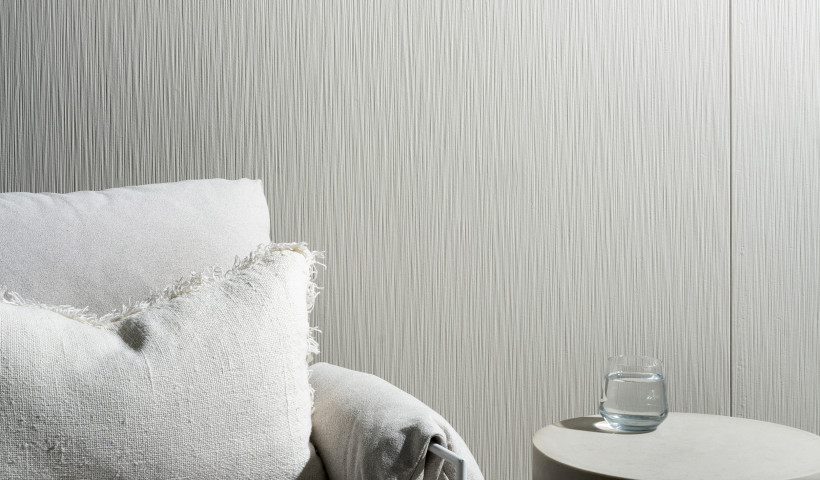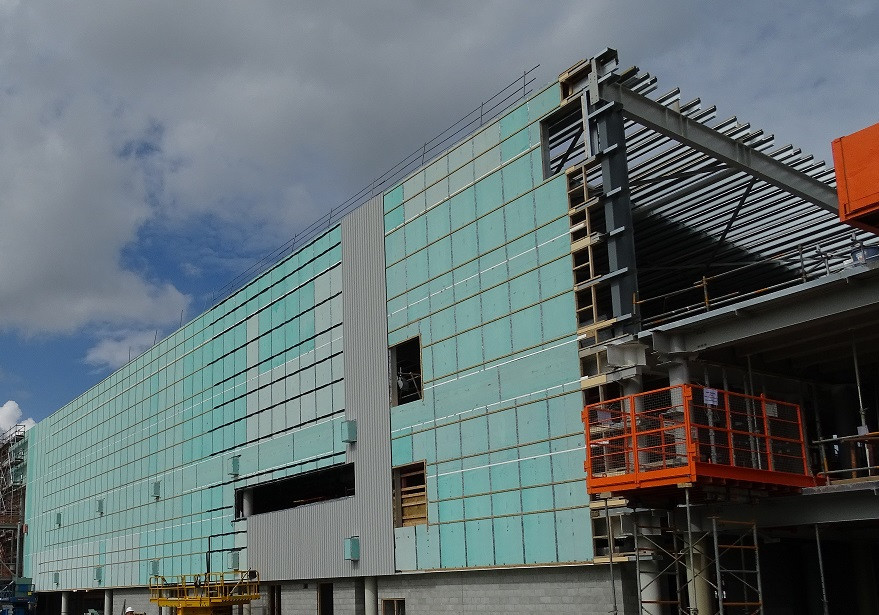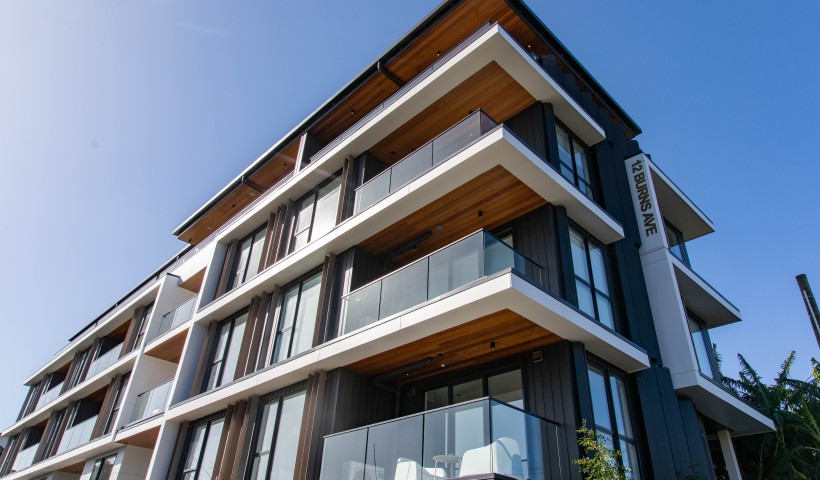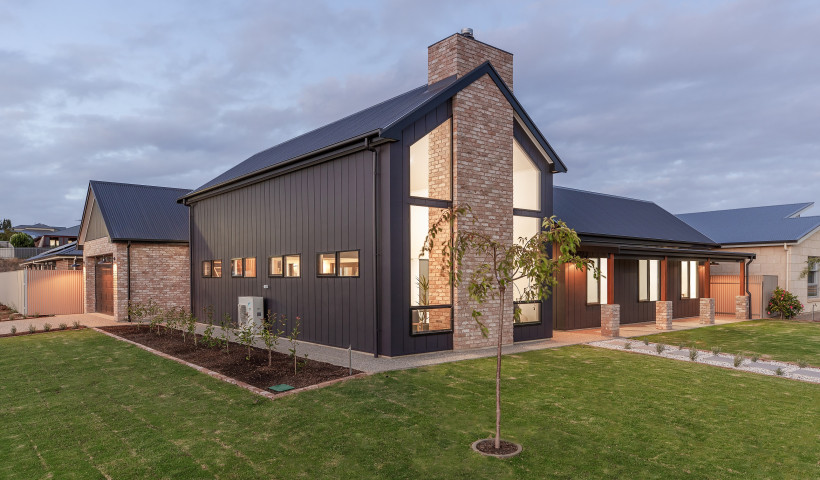
One of the main change introduced in NZS3604 is the inclusion of a EVH (Extra Very High) wind speed zone. James Hardie claddings installed as per the technical specifications are suitable for use in this wind zone.
On the other hand a change made to E2/AS1 is the inclusion of rigid air barrier behind wall claddings when in EH wind zone. To meet these requirements James Hardie manufactures RAB Board that is just the right product for this application and meets the requirements of E2/AS1.
Considering the performance of materials used in a cladding systems, when exposed to high wind pressures measured in the wall cavities, James Hardie started specifying the use of rigid air barriers (RAB Board) back in 2004 when the cavity construction method was being introduced through the changes made to E2/AS1.
Since then the use of rigid air barriers has gained a lot more attention and it has now become a common practice to specify RAB Board in EH wind zones or specific design projects to coop with wind pressures, fire rating and bracings requirements etc. James Hardie RAB Board is suitable to meet all these requirements and in order to demonstrate compliance with NZBC it has a current Branz appraisal.
The other significant change is made to the method of construction to be used for monolithic claddings. James Hardie Monotek Sheet technical specification has been updated to meet these requirements of E2/AS1. Flush stopped monolithic claddings can now only be installed using cavity construction method.
Regarding the construction of decks, the slope required on finished deck surface has increased from 1:60 to 1:40. Refer to Fig 56 of E2/AS1. James Hardie Secura Exterior flooring is specifically manufactured to suit the decking applications and complies with the requirements of E2/AS1.













 New Products
New Products
















 Popular Products from James Hardie
Popular Products from James Hardie


 Posts by Singh Kamboj
Posts by Singh Kamboj Most Popular
Most Popular



